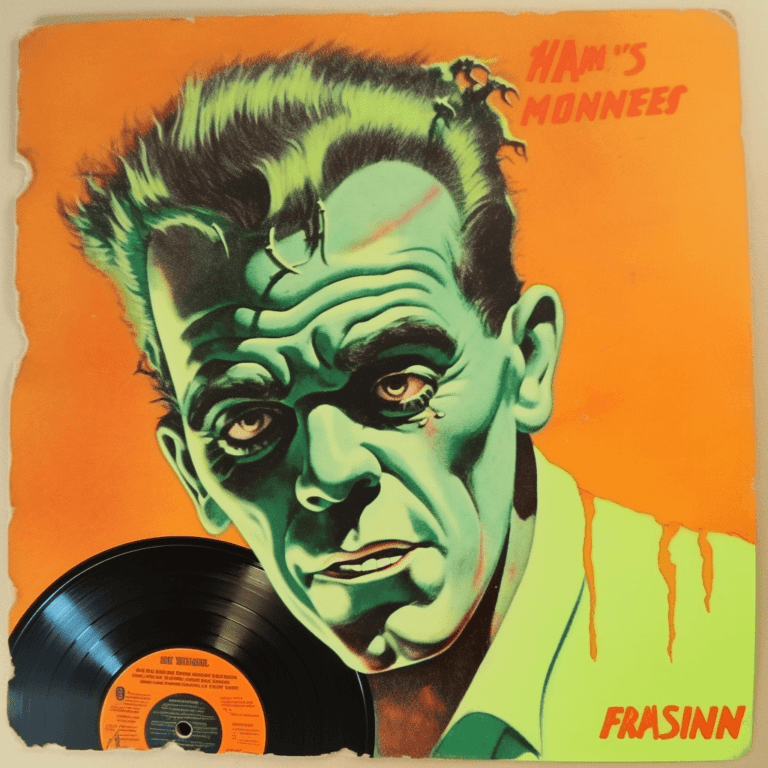Fret
In the world of music, the term “fret” refers to a fundamental part of certain stringed instruments, like the guitar, bass guitar, and mandolin. Frets are those thin metal strips embedded on the neck of the instrument, running perpendicular to the strings.
Imagine the neck of a guitar: the frets divide this neck into specific segments, making it easier to play different pitches.
Here’s how it works: When you press a string against a fret and pluck it, the string’s length between the bridge and the fretted position is shortened. This makes the vibrating part of the string shorter, which, in turn, raises the pitch of the note produced. As you move your finger up or down the neck, pressing against different frets, you can play various notes and create melodies.
The spacing between frets is carefully calculated to create accurate musical intervals, allowing you to play specific musical scales and chords. This design gives stringed instruments a unique advantage, as you can quickly change between pitches just by moving your fingers along the neck.
As a beginner, you might find frets to be a helpful guide in finding the right places to put your fingers when learning to play an instrument like the guitar. It helps you create clear and precise notes without much difficulty.
In summary, frets are essential components of stringed instruments, providing a simple yet effective way to produce different pitches and allowing musicians to fully explore the full range of available notes of the instrument.

So what’s this site all about anyway?
Well, if you ever find yourself needing music for anything – a YouTube video, a podcast, a school project, a presentation, TV commercial or even a film – then browse, preview and download any of our tracks





